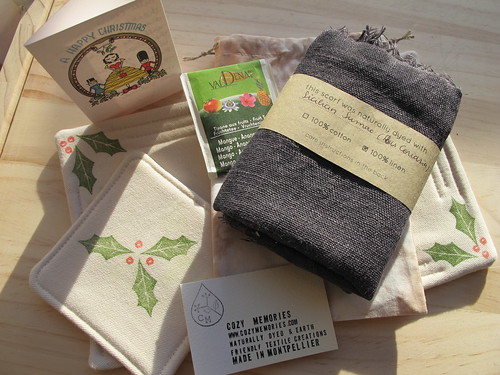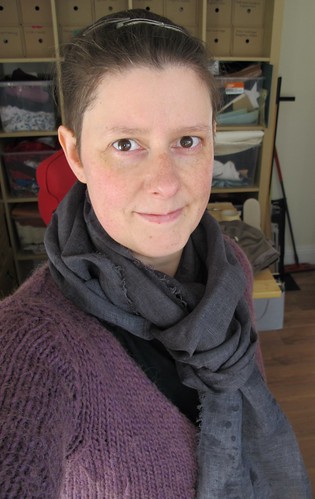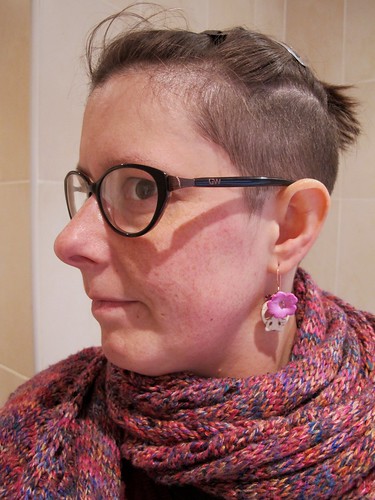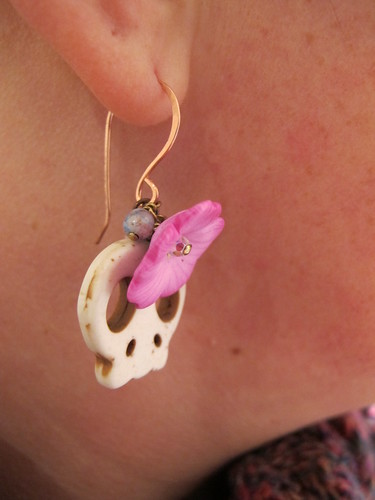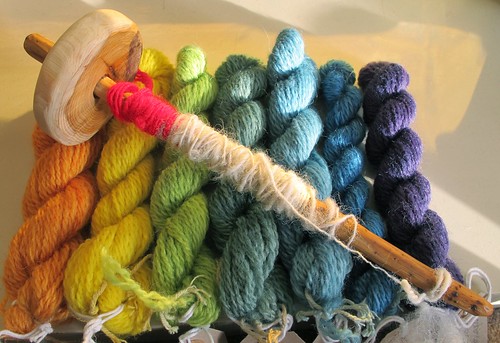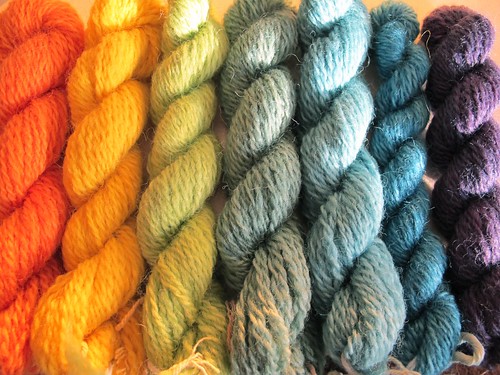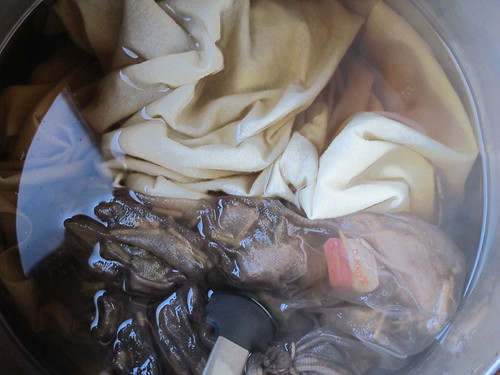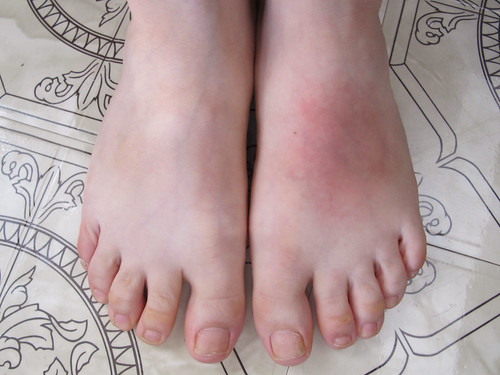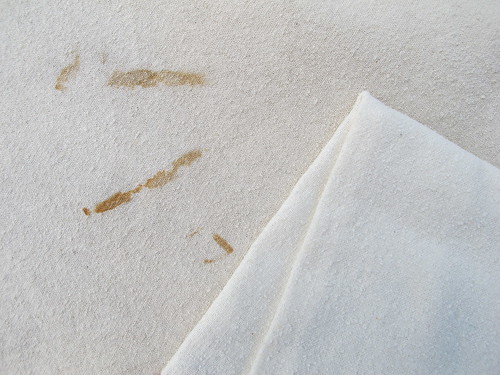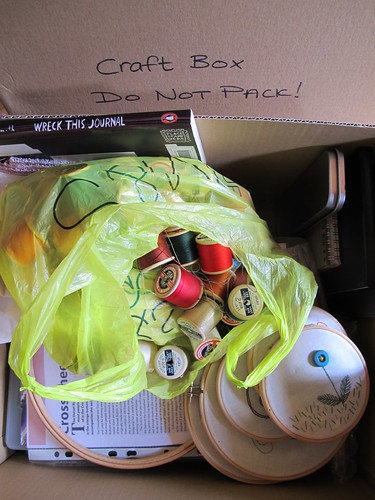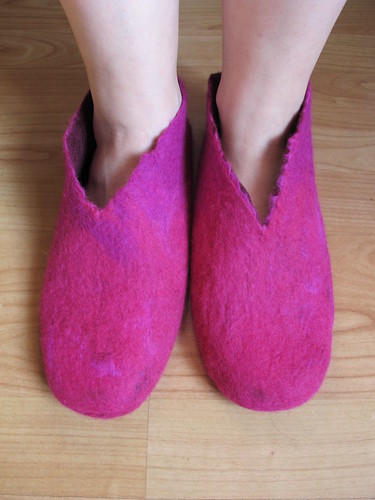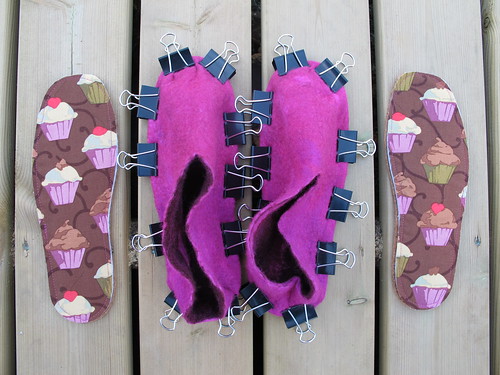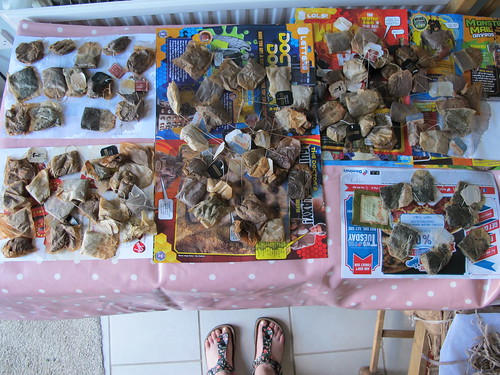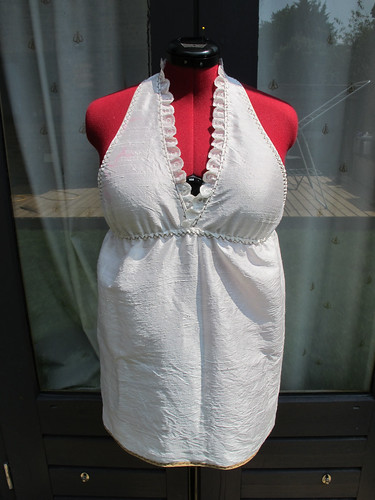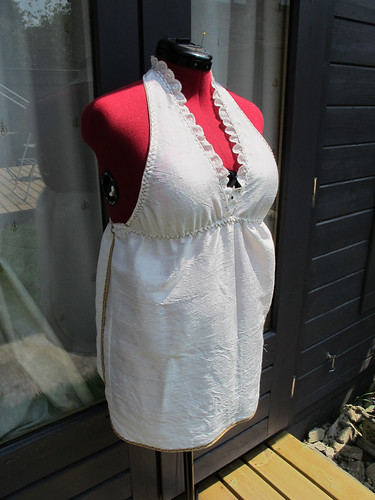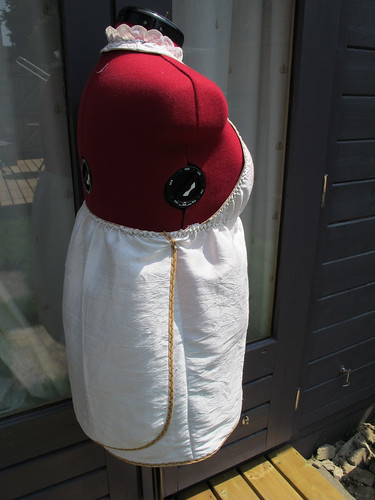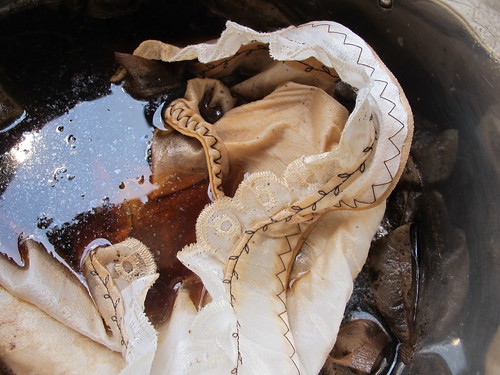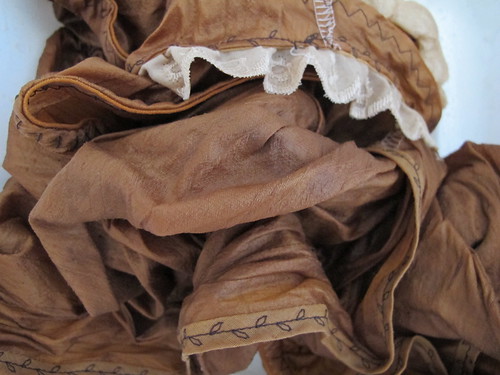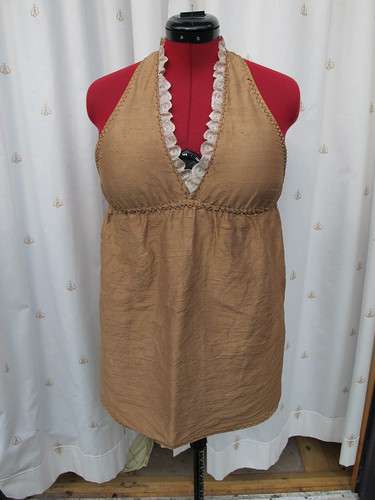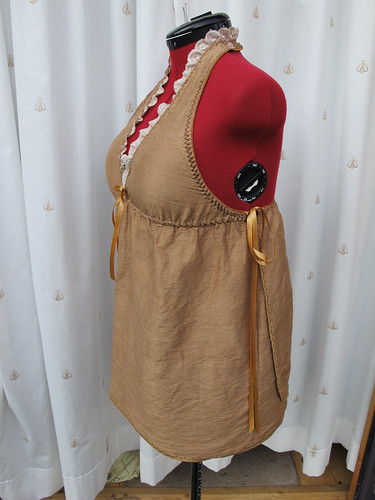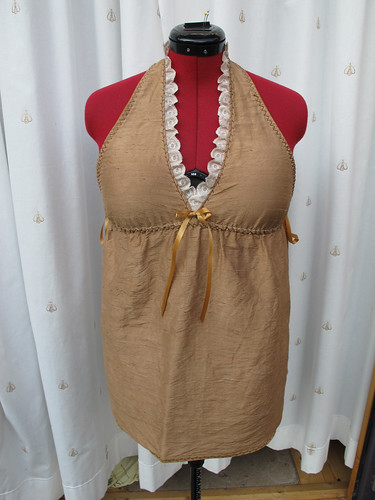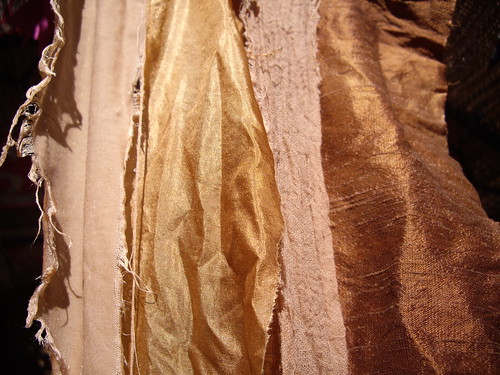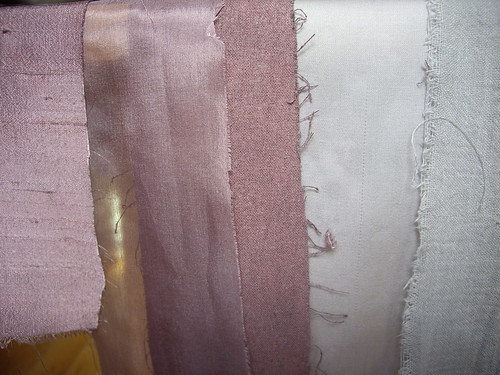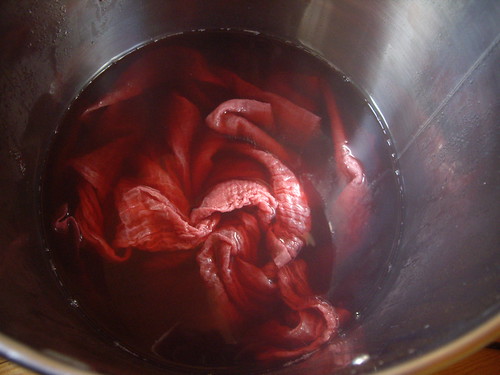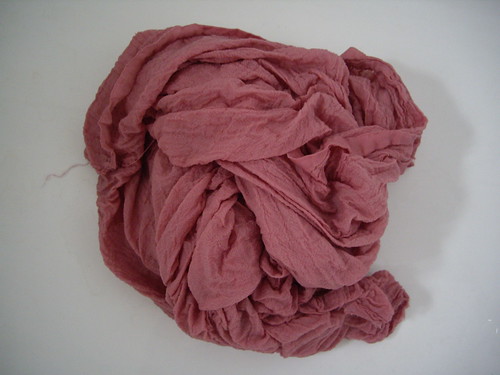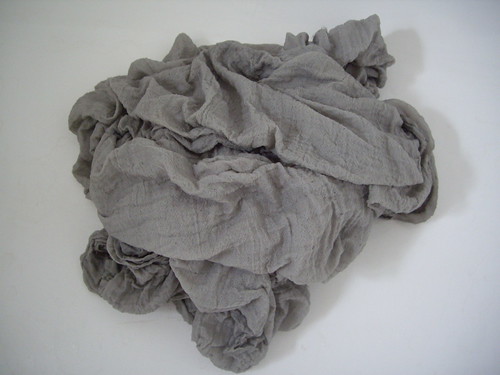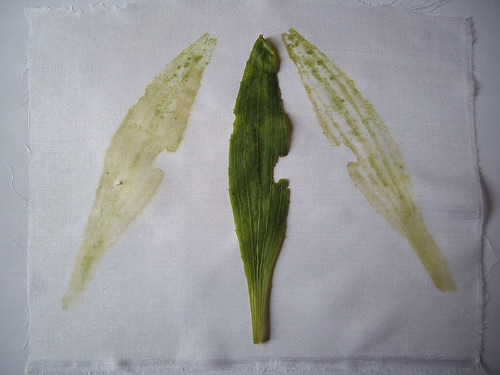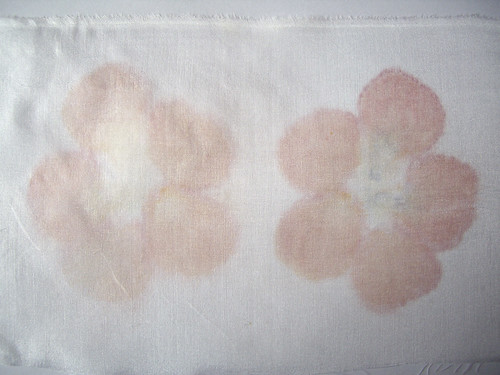
At the weekend I decided to buy some Dylon dye pods to transform some duvet covers from my stash so I could use them to make dresses, rather than buying five metres of brand new fabric that I didn’t really need. This first one was almost a complete disaster that thankfully has turned out well in the end!
The fabric is poly/cotton, so I knew it wouldn’t dye to a deep colour… but I forgot that I really needed two pods per duvet cover, and I accidentally bought Tulip Red (a bright, blue-toned red) instead of Rosewood Red (a deeper, orangey-red) because I couldn’t remember which one matched my previously-dyed yoga pants. Oops. Thankfully it’s actually turned out a really nice shade of bright pink, so I’m calling that a success!
(It doesn’t even remotely go with my yoga pants, but it’s turned out beautifully in its own right!)

This photo is not terribly accurate colour-wise, it has to be said. It’s Paradise Blue, a lovely shade of turquoise. This duvet cover does seem to be 100% cotton (there was no label), as the dye has taken more deeply. Again, I used one pod instead of two, so it’s dyed to a lighter shade and the original print still shows through. I’m really looking forward to turning this one into a pretty dress for the summer – and hopefully showing you a much better photo of the fabric!

This photo has also come out terrible, and doesn’t give a good impression of the fabric at all! It was white, again a poly/cotton blend, so you get an interesting textured or marled effect where the dye doesn’t stick to the polyester part of the fabric. Believe it or not, it’s dyed with Navy Blue, and in real life it’s a rather nice faded denim colour. All I need to do is decide on the pattern placement for the different print elements, and this one will be a winter shirt dress for wearing over a long-sleeved t-shirt and thick leggings.
Coincidentally a friend messaged me over the weekend for advice on how to dye her son’s school trousers without ruining her washing machine. All I could say was follow the instructions, and you’ll be absolutely fine! I must admit that, living in a hard water area, you do get dye residue sticking to any limescale that’s on the glass door or the rubber seal, but it washes off if you can be bothered. In all the (many!) years I’ve been using Dylon in the washing machine I’ve never had any kind of incident in terms of the following washes having traces of colour on them, or with dyed garments leaching colour onto anything else. I highly recommend it for breathing a new lease of life into your clothes – and duvet covers!
(PS – Dylon? Still not impressed with the new pods, to be honest. I love that they contain the salt now, I love that you can just chuck them in the machine… but I hate that they’re a big lump of plastic that my local council doesn’t recycle. At least with the old packaging I could recycle the cardboard box, and there was only the small plastic lining sachet to go in the bin. Oh, and they’re an absolute nightmare to store in a cupboard, because they don’t stack, and they take up loads of space!)

